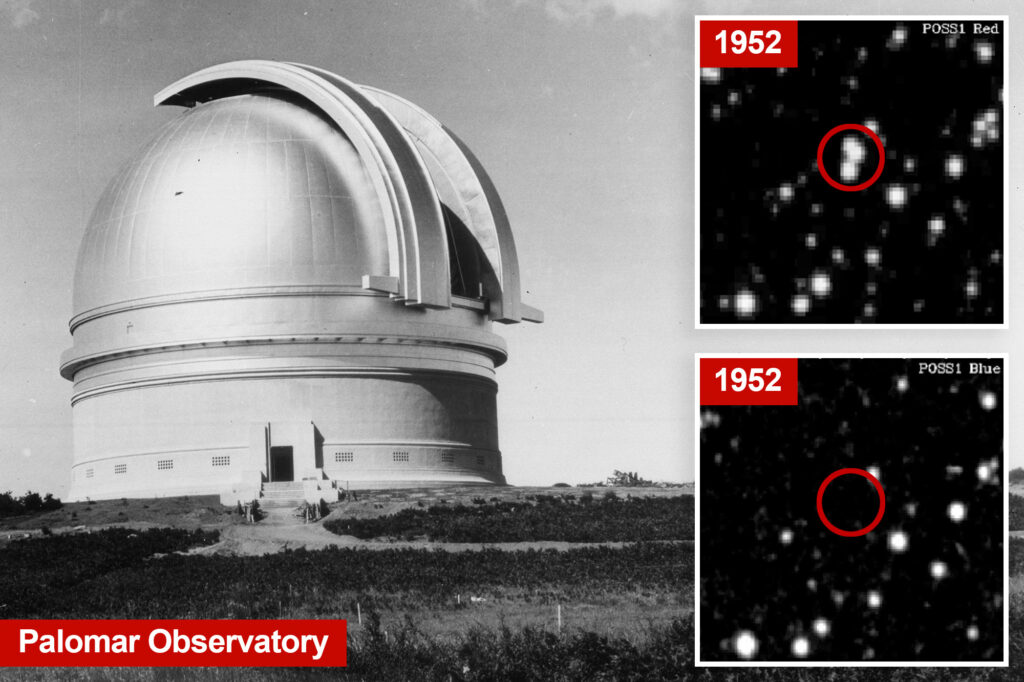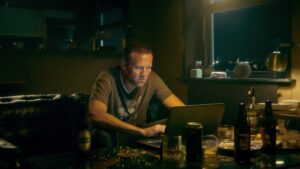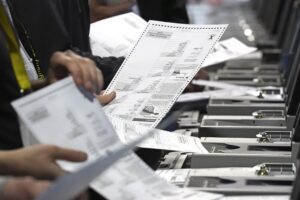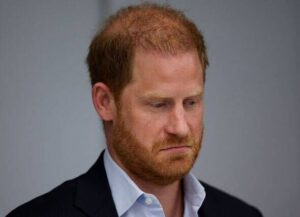
A pair of recent studies has detected approximately 107,000 unexplained light sources in photographs taken in the 1950s, potentially indicating the presence of unidentified aerial phenomena (UAP). Led by astronomer Beatriz Villarroel from the Nordic Institute for Theoretical Physics, these papers suggest that some of these transients may correlate with UFO sightings and nuclear testing activities.
In a paper published in Scientific Reports on October 20, 2023, Villarroel and her team analyzed around 2,000 photographic plates captured between 1949 and 1958 at the Palomar Observatory in California. This project formed part of the early astronomical survey known as the Palomar Sky Survey. Notably, these images were taken before the advent of man-made satellites or other vehicles in orbit, bolstering the significance of these findings.
Unexplained Lights and Nuclear Tests
The researchers employed machine learning and imaging processing software to assess the brightness of the objects on the photographic plates. The results revealed that some lights were misidentified as fixed stars, yet thousands remained unexplained, linking back to notable UFO sightings and the timeline of nuclear tests.
For instance, on July 19 and 27, 1952, multiple bright transients were recorded, coinciding with the Washington DC UFO Incident, which generated numerous reports of flying saucers in the capital. These particular sightings remain unexplained to this day.
Furthermore, the studies indicated that the appearance of transients was significantly more likely within 24 hours of a nuclear test, with a noted 45% increase in sightings. The final transient observed within this context was on March 17, 1956, just after the Joe 21 nuclear test conducted in Russia, according to research from the University of Columbia.
Speculative Connections and Future Research
Villarroel speculated that some of these transients could represent UAP in Earth’s orbit, possibly entering the atmosphere and prompting various sightings. The studies concluded that there is a “small positive correlation” between UAP sightings and transients, suggesting a connection that extends beyond mere coincidence.
The assertion that UAP sightings are “significantly” associated with windows of nuclear weapons testing adds another layer of intrigue to the ongoing discourse surrounding unidentified aerial phenomena. Villarroel noted that the alignment of multiple transients in a straight line across a photographic plate could not easily be explained by known natural occurrences.
Overall, these findings support the hypothesis that transients may exhibit a degree of association with both nuclear testing and UAP reports. As such, this research opens new avenues for inquiry into the nature of these mysterious objects and their potential implications for our understanding of aerial phenomena.







